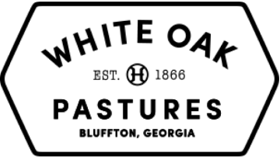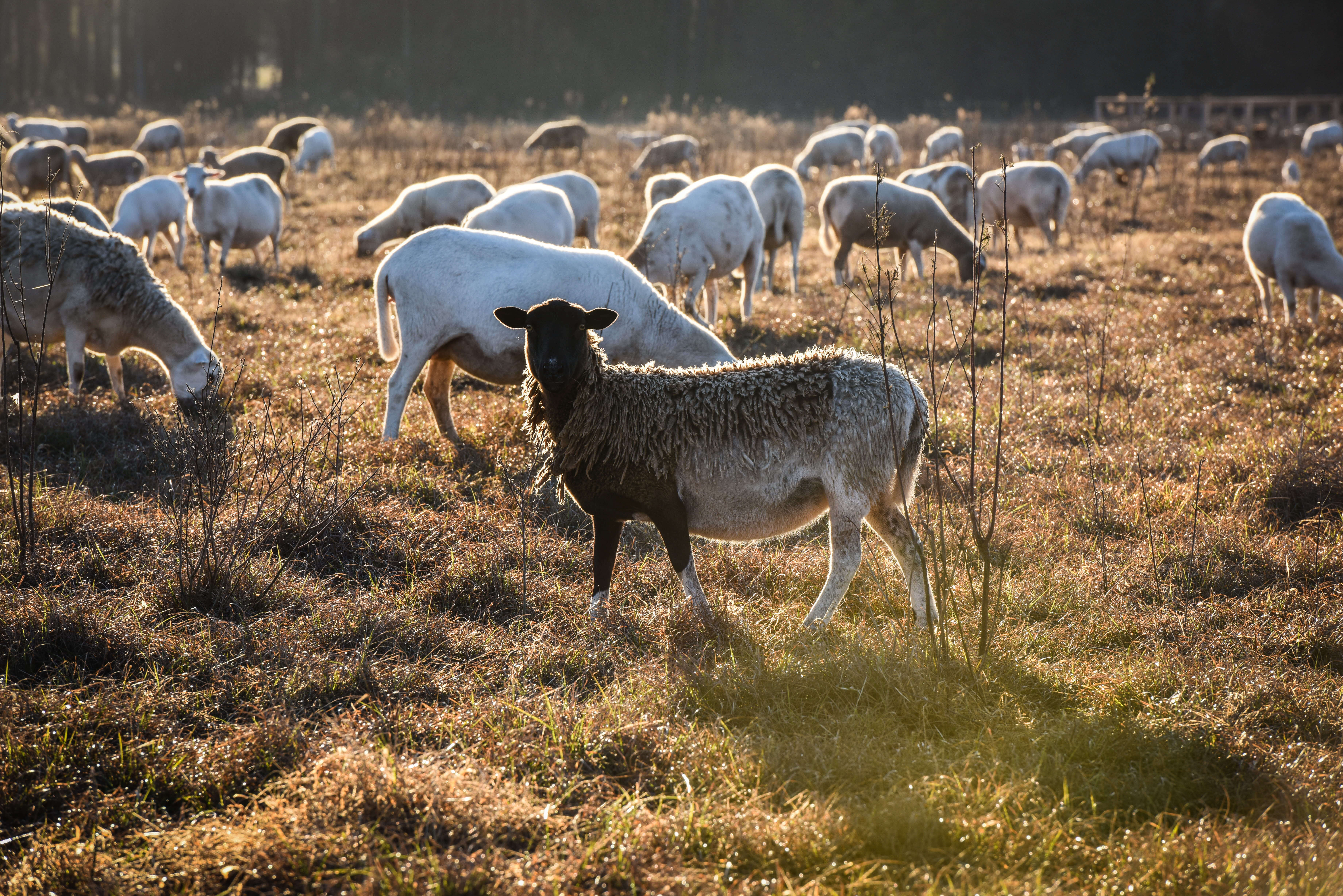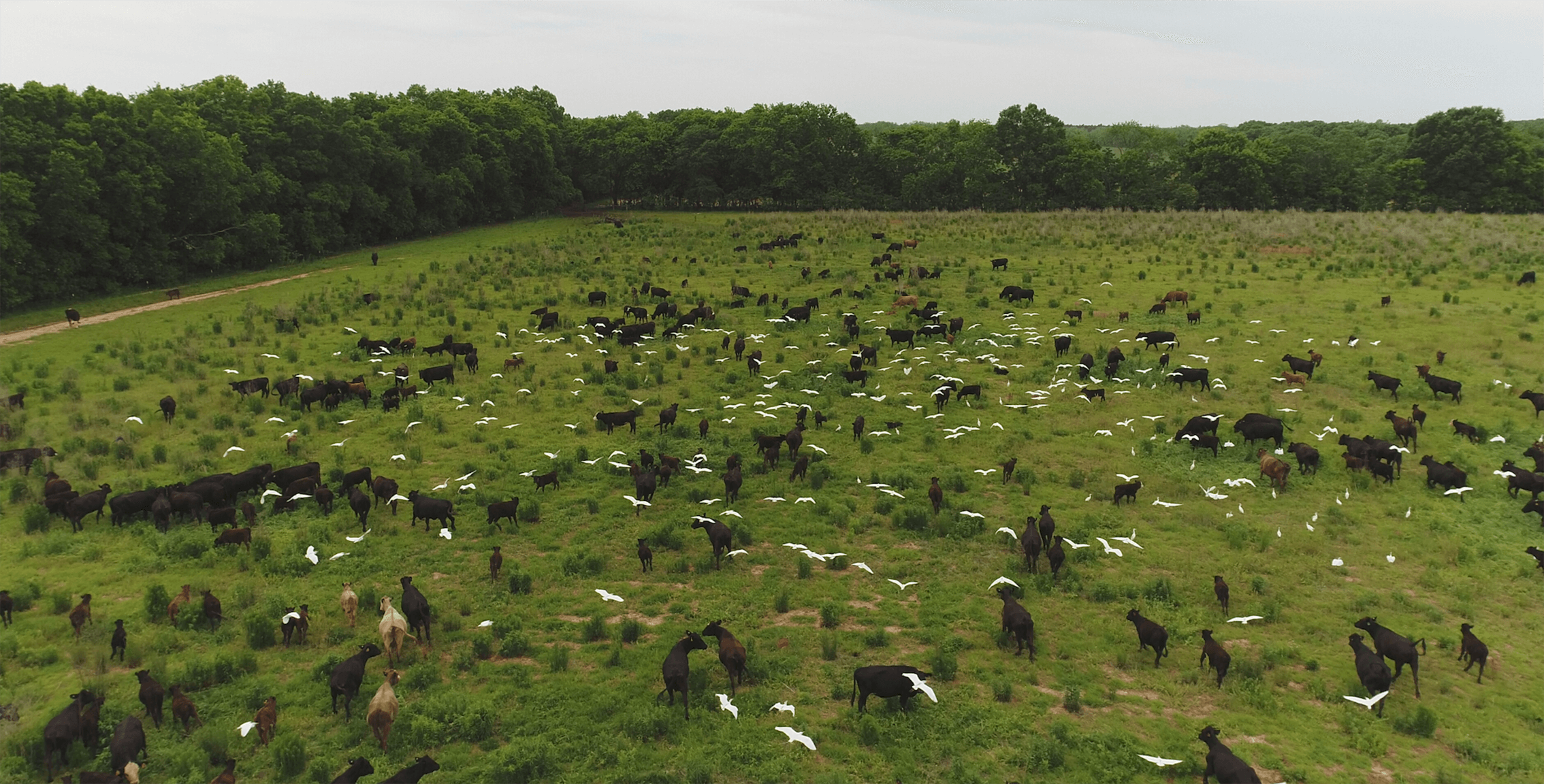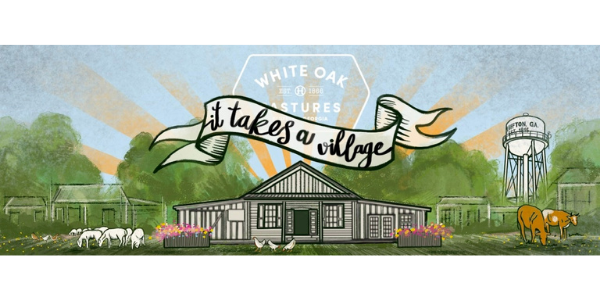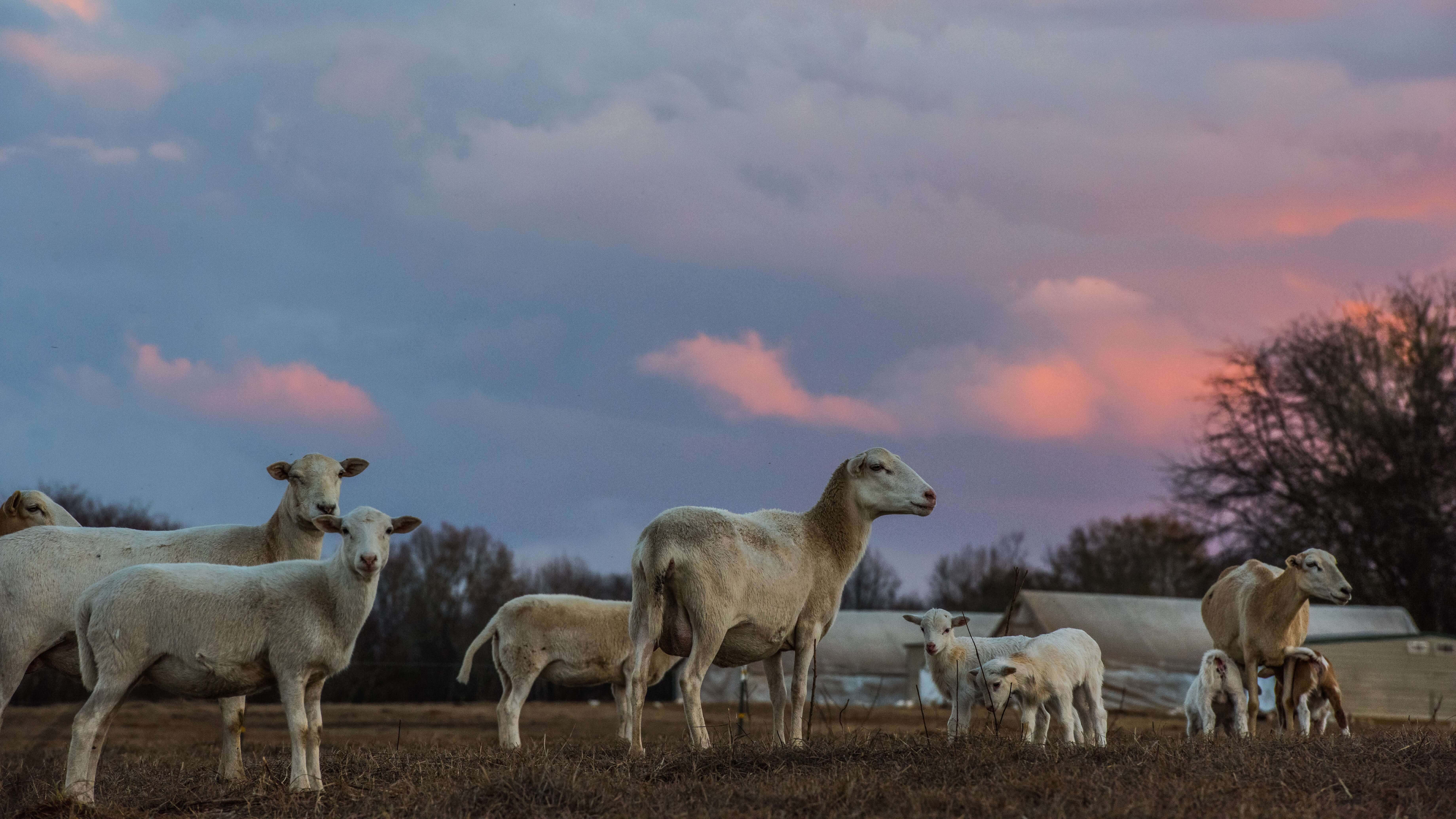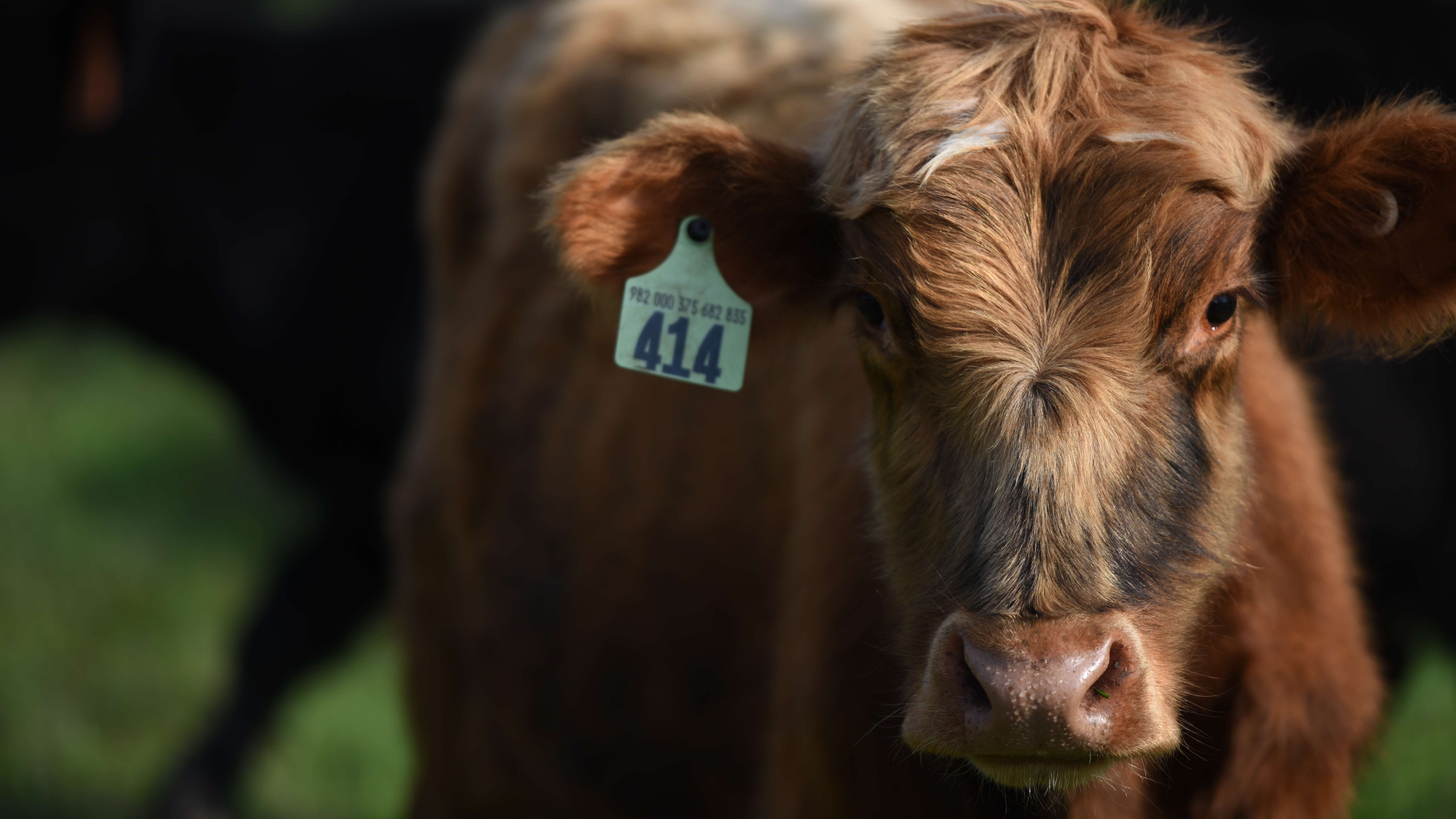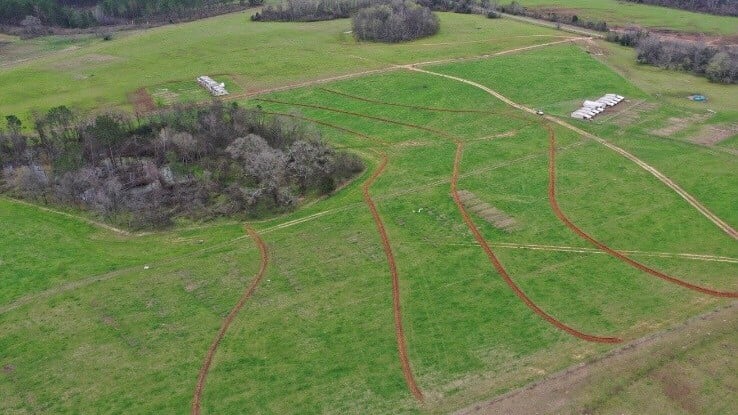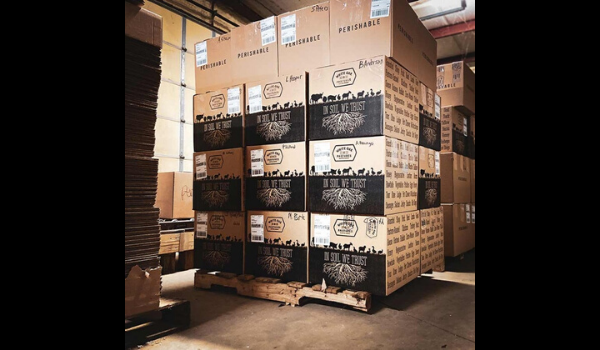Over the last 25 years, White Oak Pastures has transitioned from a conventional agricultural model to regenerative agriculture. Adopting new land management practices has been better for our animals and our soil, making our farm more resilient and abundant over time.
White Oak Pastures Team
Recent Posts
Almost $100,000 in Payroll, Every Friday
The Layers of Life on Our Farm
On our farm, we've spent a lot of time thinking of what animal welfare truly means.
Of course, one of our basic tenets is humane and compassionate animal treatment. In addition to not inflicting pain and suffering on an animal, we understand that good animal welfare also means providing the...
We didn’t plan to have an internship program. But as we grew our farm operations in the early 2010s, we started to field more and more questions from people interested in visiting the farm to see what we do.
Our Wildflower Honey Reflects the Health of the Land (and is a Flavor of Georgia Finalist!)
We’re known for selling grassfed and pasture-raised meats. But we also offer 100% raw, unpasteurized Wildflower Honey that reflects the true interconnectedness of the ecosystem we’ve built on our farm.
Grassfed beef is everywhere, from the grocery store to the restaurant menu. But what does “grassfed” actually mean?
When Will Harris III inherited White Oak Pastures, the farm totaled about 1,000 acres. As we transitioned toward regenerative agriculture, bit by bit, we started acquiring nearby farmland. Today, our farm owns or manages around 5,000 acres of pasture.
The Story Behind Our Village Loyalty Program
COVID-19 and the events in the spring caused scarcity in the commodity food system, which overwhelmed our on-farm production and fulfillment center. After we were able to restock our inventory, we took some time to carefully evaluate how our farm responded to the overwhelming demand. In response,...
White Oak Pastures now has flocks totalling around 2,000 sheep (up from 200 sheep in July 2019). Our sheep graze everywhere from the forest land bordering our pastures to underneath solar panels.
The Ultimate Guide to Cooking Grassfed Lamb
Our grassfed lamb comes from animals who were raised on pasture, as they were intended to. We are committed to the welfare of our animals, who were born to roam and graze.
Small ruminants, like sheep and goats, are an essential part of a multispecies grazing system. Our sheep help us regenerate...
In 1866, Will Harris' great grandfather brought a herd of cattle with him to White Oak Pastures. These cattle would have been Florida Cracker or Pineywoods cattle, feral descendents of the livestock brought to North America by the Spanish. These are the only two breeds that would have been...
At White Oak Pastures, we regularly add new pieces of land to our farm, either by buying or leasing nearby parcels. Almost all of the land we acquire is degraded cropland that for decades was used to grow monoculture crops, with the help of extreme chemical fertilizer and pesticide use.
We Are Resilient.
Food shopping has seen some of the most radical changes in decades over the last four weeks - changes none of us ever dreamed possible. These changes forced us to take our farm operations back to the drawing board and rethink how we manage fulfillment. Over the last thirty days, we added 16...
